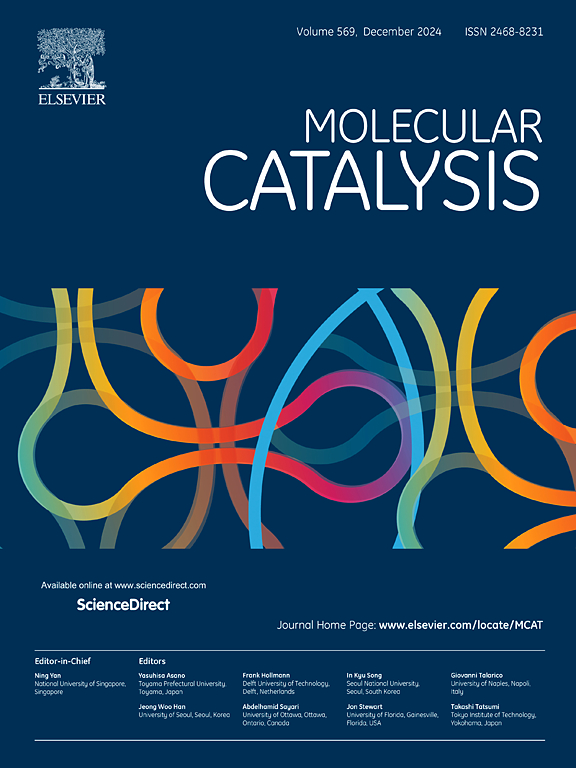Integration of Computational Tools for Rational Design of (R)-ω-Transaminases with Enhanced Asymmetric Catalysis
IF 3.9
2区 化学
Q2 CHEMISTRY, PHYSICAL
引用次数: 0
Abstract
With the rapid development of genomics and high-throughput sequencing technologies, massive amounts of genetic sequence data have become available. However, identifying functional sequences with desired properties from these datasets remains a significant challenge. In biocatalysis, discovering catalysts with suitable stereoselectivity is crucial for asymmetric synthesis. In this study, we developed a streamlined method for the rational design of (R)-ω-transaminases ((R)-ω-TA) sequences. A library of 1620 candidate (R)-ω-TA sequences was generated by in silico DNA shuffling and ancestral sequence reconstruction techniques. After four rounds of machine learning-guided functional prediction and virtually screening, 85 novel TAs were annotated, with a sequence identity varying from 27.1 % to 69.7 %. In the examination of the substrate spectrum, each of the 85 novel TAs was able to catalyze at least three substrates among the tested ketones. Eventually, preparative-scale synthesis of (R)-N-Boc-3-piperidine was performed on a gram-scale. The newly designed TA G6-L164V exhibited a conversion of 98.1 % with a specific activity of 3.9 U/mg, and an enantiomeric excess (ee) > 99 % after 7 h in a 10 mL system containing 50 mM substrate. Our study provides a promising framework for protein sequence design and expands the toolbox of (R)-ω-TA in the synthesis of chiral amines.

求助全文
约1分钟内获得全文
求助全文
来源期刊

Molecular Catalysis
Chemical Engineering-Process Chemistry and Technology
CiteScore
6.90
自引率
10.90%
发文量
700
审稿时长
40 days
期刊介绍:
Molecular Catalysis publishes full papers that are original, rigorous, and scholarly contributions examining the molecular and atomic aspects of catalytic activation and reaction mechanisms. The fields covered are:
Heterogeneous catalysis including immobilized molecular catalysts
Homogeneous catalysis including organocatalysis, organometallic catalysis and biocatalysis
Photo- and electrochemistry
Theoretical aspects of catalysis analyzed by computational methods
 求助内容:
求助内容: 应助结果提醒方式:
应助结果提醒方式:


